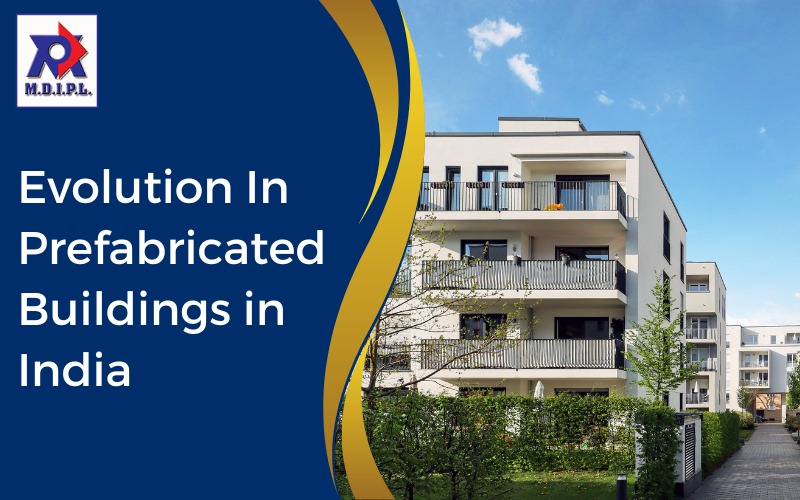Prefabrication is a technique where buildings are built by combining the units that have already been cast off-site in a factory or manufacturing site and then are transported to the construction site for assembly, where the parts are assembled together easily on-site. The fitting of components can be done for almost every portion of a building, right from windows, wall panels and staircases, and rooftops. PEBs are developed using potential design software like AUTO CADD, STAAD PRO, etc.
As far as the world is concerned, this system has already been accepted and has gained a lot of momentum. Burj Khalifa and the Sydney Opera House are the finest examples of prefabrication. Prefabricated construction began in Western Countries after World War 2 and has been commonly used for decades. As far as India is concerned, it’s slowly but steadily catching up.
Now, India has the second-fastest growing economy in the world and a lot of it is attributed to its construction industry which figures just next to agriculture in its economic contribution to the nation. Prefabricated building systems in India are slowly getting a move on with many builders and construction companies now adopting the methodology in India.
Market Research Analysis
Currently, prefabricated steel buildings are merely 2% of India’s $150 billion real estate market. However, developers believe that its popularity will rise. The reason behind this is the faster project completion due to prefabrication which costs of a project is also less as compared to the conventional methods. According to industry experts, if it takes a year to complete a project using conventional methods, it takes 4 to 5 months using modular construction.
As India has started adopting the technology, several prefab exporters in India have started their business primarily into this industry. As the Indian government starts ‘Make In India’ scheme, some of the foreign companies have even announced plans to make India their manufacturing hub for markets, exporting steel structures used for fabrication to several Western & Asian countries. Many portable cabin manufacturers have already grabbed some or other types of contracts. Moreover, the government’s decision in late 2014 to relax previous conditions relating to 100% FDI in real estate has enabled quicker adoption of modern prefab technologies.
Future of prefabrication
With the advantages exceed the disadvantages, prefab structures can be a successful construction model in developing economies like India. There’s still a perception that prefab structures are lower quality than traditional buildings but as evolving technology makes the manufacturing and construction of quality prefab buildings, the public image could change and open up the market further.
Most of the companies are using prefabrication, as it is an important technology to progress in the construction industry. India’s growing interest in such construction has led to global makers of prefabrication machinery, entering the country. There is an immediate need for popularisation and extensive use of prefabricated structures to increase the efficiency, quality, and speed of construction and creation of more awareness among the common people.
The prefabrication technique has a clear-cut role to play in the Indian real estate sector to take it to the next level. It is all set to redefine the future of the construction sector in India.


